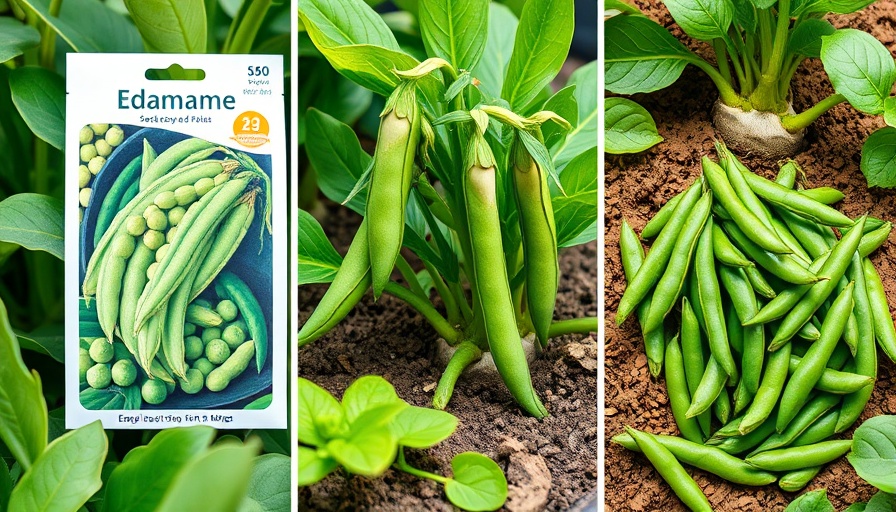
Why Grow Edamame in Your Garden?
Ever wondered how to add a touch of the exotic to your home garden? Growing edamame, or young soybean pods, might just be the perfect solution. Known for their buttery, delicious beans, edamame is not only nutritious but also incredibly easy to cultivate. Unlike the store-bought frozen variety, the flavor of freshly picked, homegrown edamame is unbeatable. So why not give it a try?
The Simple Steps to Planting Edamame
Planting edamame is straightforward, making it an ideal choice for both beginner and seasoned gardeners. Start in late spring when the frost threat has disappeared, ensuring your soil conditions are warm enough for the seeds to thrive. A sunny spot and a touch of compost to enrich the soil is the perfect recipe for these soybeans. They thrive in well-drained soil and require at least six hours of sunlight each day.
Growing Edamame From Seed
Growing edamame from seed is not only cost-effective but also highly rewarding. Much like bush beans, they need warmth, so avoid planting until the soil reaches 65°F (18°C). To give your seeds a head start, consider pre-warming your garden bed using a sheet of black plastic. Once ready, plant the seeds about an inch deep, spaced a few inches apart, ensuring you have room for your plants to grow.
Care Tips for a Bountiful Harvest
One of the best parts about growing edamame is how low-maintenance the plants can be. The key to a generous yield is consistent moisture. In times of little rainfall, a deep weekly watering session is crucial. Mulching with straw or shredded leaves can help maintain soil moisture. By following these simple care tips, you'll be rewarded with a bounty of nutritious pods by season end.
Unique Benefits of Knowing This Information
Understanding how to grow edamame empowers you to add a nutritious and delicious crop to your garden. The ease of cultivation means less stress and more time to enjoy your gardening experience. Additionally, by successfully growing edamame, you'll have a fresh supply of protein-rich beans, enhancing your diet and reducing dependency on store-bought options.
 Add Row
Add Row  Add
Add 


Write A Comment